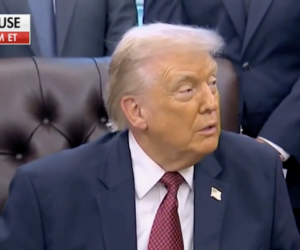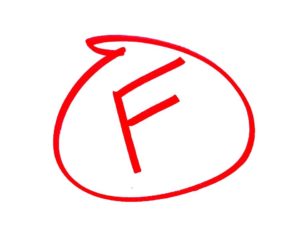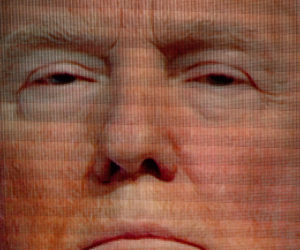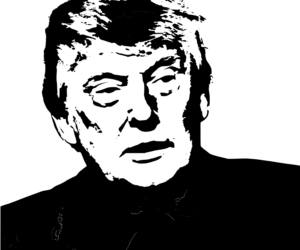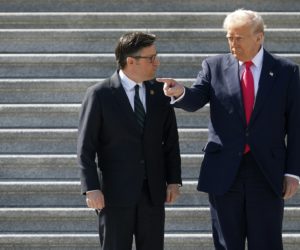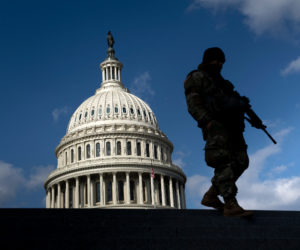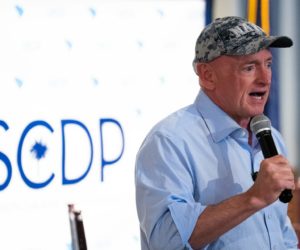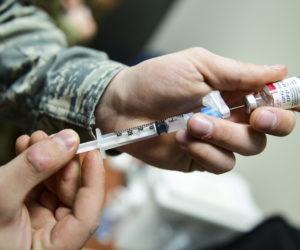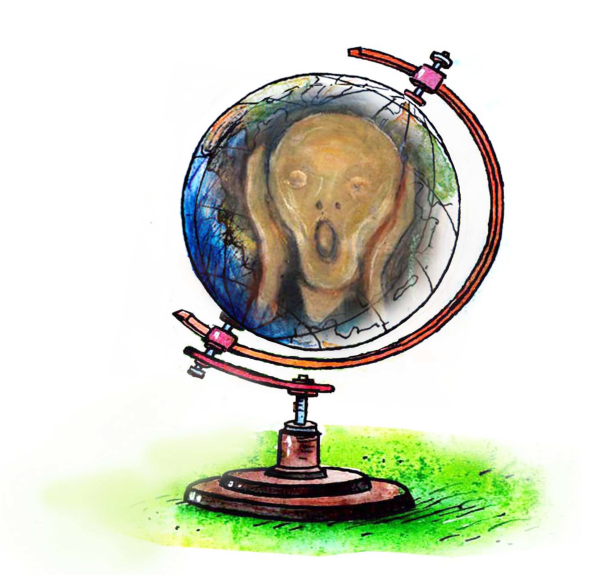
[button link=”#”]
The World Health Organization (WHO) has declared the novel coronavirus as a global pandemic from which no country is safe but President Donald Trump’s somber speech signaled that even the US is not prepared for combat on this unprecedented scale.
“WHO has been assessing this outbreak around the clock and we are deeply concerned both by the alarming levels of spread and severity, and by the alarming levels of inaction,” Tedros Adhanom Ghebreyesus, the WHO chief said.
He tempered the dismal news by adding, “We cannot say this loudly enough, or clearly enough, or often enough: All countries can still change the course of this pandemic.”
The most alarming element of this new public health crisis is the speed of its spread. The numbers are unclear but late Wednesday best estimates counted 124,000 cases of infection in 124 countries and nearly 4,633 deaths. More than 1,322 cases and 38 deaths were estimated in the US.
The countries most affected so far are China, Italy, Iran, South Korea and France. There were about 81,0000 cases and 3,169 deaths in China, 12,500 cases and 827 deaths in Italy, 9,000 cases and 354 deaths in Iran, 7,900 cases and 356 deaths in South Korea, and 2,300 cases and 497 deaths in France.
The current strain of coronavirus has been named Covid-19 and is caused by a virus, known as SARS-CoV2.
Covid-19 causes mild respiratory infections in about 80% of those infected, though about half will have pneumonia. Another 15% develop severe illness, and 5% need critical care. The worst impacts are on persons above 65 years with chronic heart or lung conditions or diabetes.
The good news is that unlike previous strains, Covid-19 is controllable and can be flatlined, as demonstrated by China and South Korea. But it requires draconian preventive efforts and sufficient medical facilities and materials in addition to huge spending.
Trump’s somber assessment and tough measures have merit but they are unlikely to be enough if the infection’s spread can not be slowed quickly enough in the US.
Rapid spread is likely if test kits are not available, health workers do not have enough protective clothes and materials, and isolation wards to quarantine infected people are insufficient.
Throwing money at these problems as Trump has done will not help if qualified persons and appropriate medical facilities are not available.
The risks of spread really are massive because Americans and others across the world are much more interconnected now and preventive measures necessarily involve disrupting normal economic activity.
The coronavirus has already demonstrated its power to disrupt economic and financial interdependence. The current panic caused American stock indices and global stock markets to crash this week to the levels of 2008 when bank credit froze around the world, starting with crisis in the US.
Trumps insistence on protecting Americans may turn out to be shortsighted if he does not treat prevention as a global combat that all countries should fight together.
His 30-day entry ban on people travelling from Europe may have been prompted by the scary situation in France and Italy. French President Emmanuel Macron is expected to give a televised address on Friday while the entire country of Italy is already in quarantine. The disruptive effects will be punitive.
If anything, Trump should help to stem economic losses particularly in Europe to soften blows on the US economy instead of exacerbating them through the ban even on cargo.
Because of quarantine and other measures, economic losses in the US and Europe will be massive even if the infection’s spread peaks within a few weeks. Pain will be worst for small businesses and low income persons who cannot self-quarantine at home without falling behind on their bills. Some airlines may be unable to recover.
“This is not just a public health crisis; it is a crisis that will touch every sector — so every sector and every individual must be involved in the fight.” said Tedros. “We expect to see the number of cases, the number of deaths, and the number of affected countries climb even higher.”
The past of international cooperation to mitigate influenza is not encouraging. Moderately severe influenza pandemics in 1957 and 1968 each killed more than a million people around the world.
Before that, the severe influenza epidemic of 1918-1919 killed some 50 million people and circulated as a H1N1 virus seasonally for 38 years.
The influenza A H3N2 virus in 1968 reportedly caused 100,000 deaths in the US and 1 million worldwide. It continues to circulate globally as a seasonal flu virus.
A novel influenza A H1N1 virus in 2009 may have killed more than 500,000 people worldwide and continues to circulate as a seasonal flu virus.
Covid-19 seems to be most mysterious of all influenza-type infections. Although its genetic make up has been decoded and scientists are racing to find vaccines, there is still no consensus on how it moved into humans or how it spreads. Mysteriously, there are cases of infection even when carriers were asymptomatic and had no proximity with those who became infected.
Quarantine is observed usually for 14 days but it is still unclear whether incubation takes a week before symptoms appear or the virus stays hidden for much longer before taking its toll.


